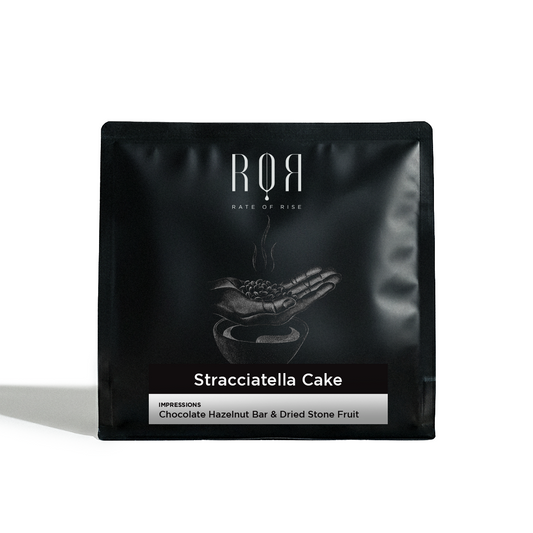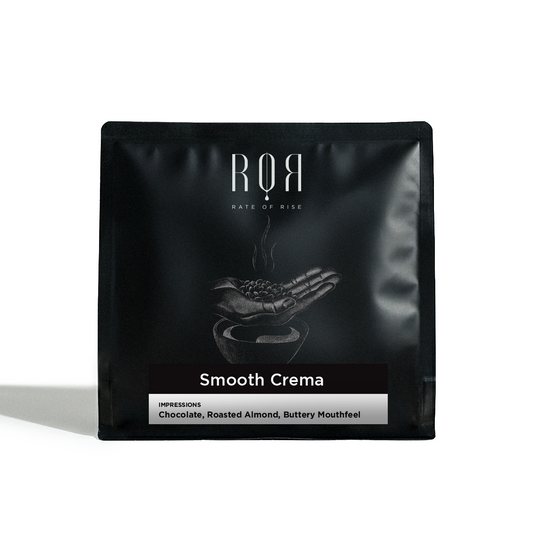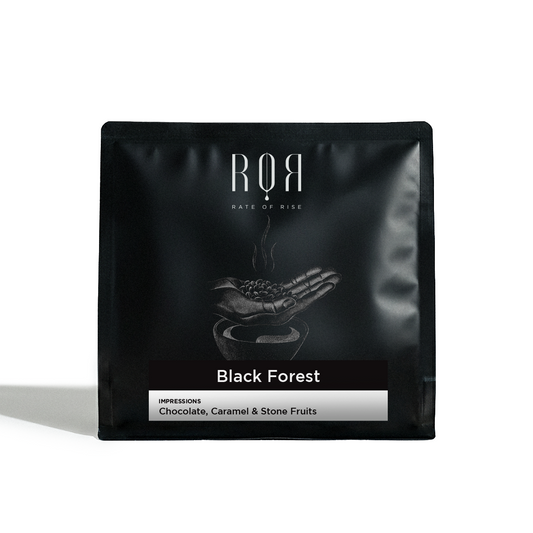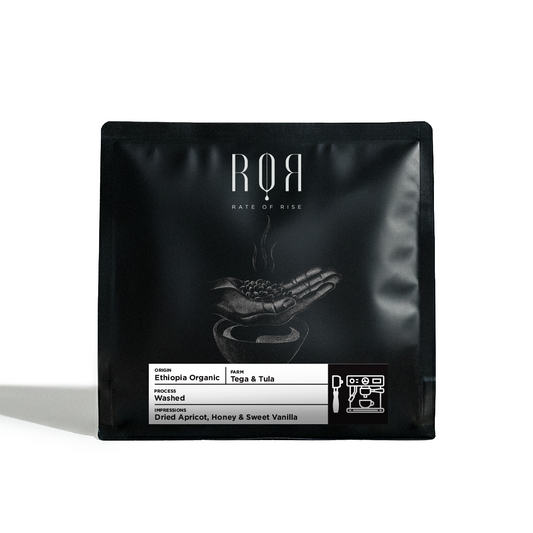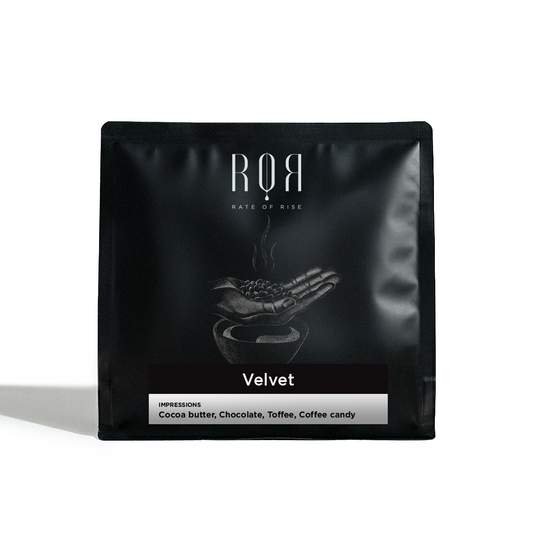How Minerals Influence Brewing Beyond Chemical Reactions
When discussing how minerals or ions interact with coffee during brewing, you might come across the statement that ions don’t chemically react with coffee compounds. This can sound confusing, especially since changing water minerals clearly affects flavor and extraction.
So, what does this really mean?
From a strict chemical perspective, minerals in water like calcium, magnesium, sodium, or potassium do not form new chemical bonds or break down coffee molecules during brewing. Brewing coffee is a relatively quick process usually just a few minutes and under these conditions, the minerals don’t cause permanent chemical reactions with coffee compounds.
However, this doesn’t mean minerals have no effect. Instead, minerals interact physically and chemically in subtle ways that influence how flavors are extracted and perceived.
· Temporary Ion Coordination: Certain ions, especially calcium and magnesium, can temporarily associate with coffee compounds. While not permanent chemical reactions, these interactions like a gentle handshake can help certain compounds dissolve more easily in water, improving both extraction and clarity.
· pH and Acid-Base Balance: Minerals such as bicarbonate influence the pH of the brewing water, altering the environment in which coffee compounds dissolve. This shift can emphasize or mellow acidity and sweetness, thereby shaping the overall flavor profile of the brew.
These reversible and temporary interactions modulate the solubility and extraction efficiency of coffee compounds, ultimately affecting the taste, aroma, and mouthfeel of your cup.
Understanding these nuances helps explain why adjusting mineral balance in your brewing water is such a powerful tool. You’re not causing chemical changes in the coffee itself, but you’re creating an optimal environment that highlights the unique characteristics shaped by the coffee’s processing method, roast, and origin.
So while minerals don’t chemically “react” with coffee, their presence is crucial to unlocking the full potential of every brew.
Same TDS, Different Cup: Why It’s About Physics, Not Chemistry
For this experiment, I brewed the same coffee using two very different waters: a commercial mineral water and distilled water at 0 ppm.
When measured, the final brews had nearly identical TDS:
• Mineral water brew → 1.56 TDS
• Distilled water brew → 1.58 TDS
On paper, they looked the same. In the cup, they could not have been more different

Sensory Outcomes
Mineral water brew
• Acidity: 11/15 bright, citrusy but mild
• Sweetness: 12/15 sweet and stable
• Mouthfeel: 10/15 round, complete
Before adding minerals, I tasted the cup made with distilled water. The sensory experience showed less definition, lower intensity, a thinner mouthfeel, and the attributes of acidity, sweetness, and body were less pronounced. This was the baseline for later evaluating the effect of mineralization.
Distilled water brew
• Mg: Acidity: 8/12 mild, less defined
• Ca: Acidity: 10/15 medium-low
• K: Sweetness: 7/15 medium-low
• Mg: Sweetness: 12/15 medium-low
• Ca: Mouthfeel: Smooth and round
• K: Mouthfeel: Silky but tinner
The numbers alone don’t explain the taste differences. That’s where the minerals come in.
Breaking Down the Minerals
Side tastings revealed the role of individual ions:
- Calcium (Ca²⁺): medium to high intensity, rounds sweetness, round and smooth body
- Magnesium (Mg²⁺): medium intensity, lifts acidity, enhances clean sweetness, smoother perception.
- Potassium (K⁺): supports body and silkiness (Mouthfeel), medium intensity in sweetness.
- Sodium (Na⁺): enhances sweetness but can make astringency more noticeable.
- Each mineral acts like a “preference switch,” guiding extraction toward certain compounds.
The Key Insight
What matters is not how much was extracted (TDS was basically equal), but which compounds were extracted.
This is a physical effect, not a chemical one. Brewing conditions do not favor chemical reactions; instead, ions shift the solubility balance, making certain molecules easier to dissolve.
Conclusion
Two cups, same TDS, completely different experiences.
Brewing coffee is about physical interactions between water and coffee compounds. Minerals don’t change the coffee itself they change what the coffee chooses to give us.
